There are lots of uncertainties out there about selecting the ideal size air compressor for running your air tools. Basically, there are few air impact wrench compressor requirements to look at when choosing the right air compressor for your garage or shop.
These air impact wrench compressor requirements let you decide which one is best suited for your needs. There are few considerations:
The first criteria is the air compressor’s horse power (Hp) rating. Many assume that the higher HP, the better the air compressor is. Thus, all HP ratings are not created equal and can easily be misrepresented. If your plan on using your air compressor for smaller jobs like air brushing or pumping up tyres then an 1.
5 hp compressor should get the job done.
Another thing to consider is the PSI which stands out for pounds per square inch. Most air impact wrench compressors require 90 PSI in order to work correctly.
Hence, you will still need an air compressor with a higher shut-off pressure. Generally, such compressors shut off at 100 PSI but don’t forget about pressure loss in the line. You will find that most air tools will operate best between the sweet spot of 80 – 100 PSI. Most small workshop compressors between 1.5 hp and 3 hp generally will produce between 120 and 150 PSI. So in this case air pressure should not be a problem. If the PSI drops as the tank empties it could indicate that the compressor is under-powered for the work you are doing.
Other air impact wrench compressor requirements that you need to consider before buying is CFM which stands for cubic feet per minute. Different air tools require different volumes of free air to work correctly. If you don’t know about free air it is measured using CFM or Cubic Feet per minute. This is the amount of compressed air that will need to pass through the tool per minute for it to work. So its clear that the air compressors output must at least match a air tools required CFM.
If you don’t know about free air it is measured using CFM or Cubic Feet per minute. This is the amount of compressed air that will need to pass through the tool per minute for it to work. So its clear that the air compressors output must at least match a air tools required CFM.
Lastly, the tank size is the final factor to consider. Tank size is normally stated in US gallons. For an instance, 30 gallon is a regular tank size. First, don’t be confused about having a large tank which do you think has more time for your air tools. If you will use impact wrench compressor intermittently, a large tank is fine. Thus, if you need a continuous use, you will need a small tank with big enough motor and pump.
What happens when an air compressor is not suitable? Well as you operate the tool you will find the the performance of the tool gets worse with the drop off in air pressure.
Another consideration is ensuring that the power source is suitable for the compressor your interested in, will it run of a socket in the house or will it need a larger supply.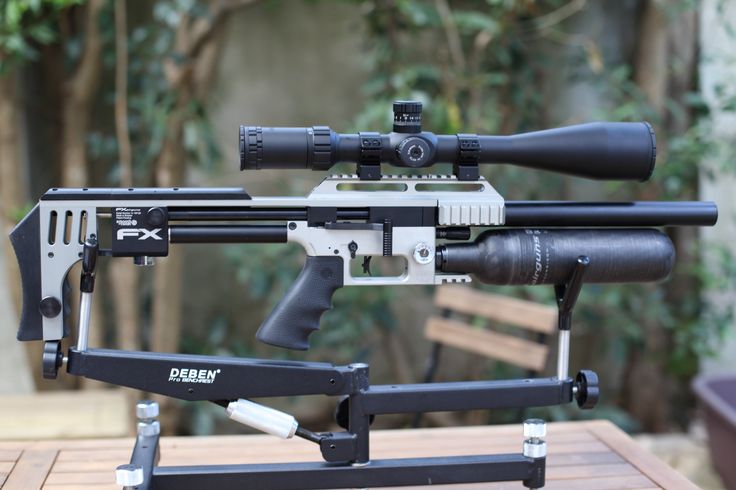
There are various air compressor types. Here are the three most common:
You will find that one of the more popular types of entry level compressors are the Direct Drive Portable models. Key features:

If the motor and pump are powerful enough, you should not run out of air. You can save bucks by likely buying an air impact wrench compressor with a large tank and smaller motor for intermittent use. You will need a more heavy duty air compressor if you are running your air tool constantly.
A pneumatic impact wrench requires a certain minimum size air compressor to work. But, how does one go about finding the right air compressor for his specific impact wrench? In this article, I’m going to try my best to help you get through this surprisingly complicated process by telling you what you need to know about air compressors for impact wrenches.
What size air compressor do you need for an impact gun?
Typically you need an air compressor with 4 to 5 CFM @90 PSI to run a 1/2 inch impact wrench. I would also recommend you to get a 20-gallon capacity compressor to avoid delay between tasks. You can refer the CFM chart at the end of this guide for other sizes.
Now let me explain why you need this minimum CFM and tank size.
Air compressors are measured, at least in part, by how much air pressure (PSI) they produce and the flow of air (CFM). Even if you aren’t particularly familiar with air compressors, you can probably guess why air pressure is important. The more air pressure, the more powerful the tool. Likewise, the amount of air that flows is also important.
Even if you aren’t particularly familiar with air compressors, you can probably guess why air pressure is important. The more air pressure, the more powerful the tool. Likewise, the amount of air that flows is also important.
Recommended Compressor 🥇
DeWalt DXCMPA1982054
Before we go any further you need to understand the difference between air pressure and airflow units.
90 PSI is adequate pressure. For best results, increase it to 120 PSI or more.
So, this raises the question of exactly how much air pressure and CFM you need for your specific impact wrench.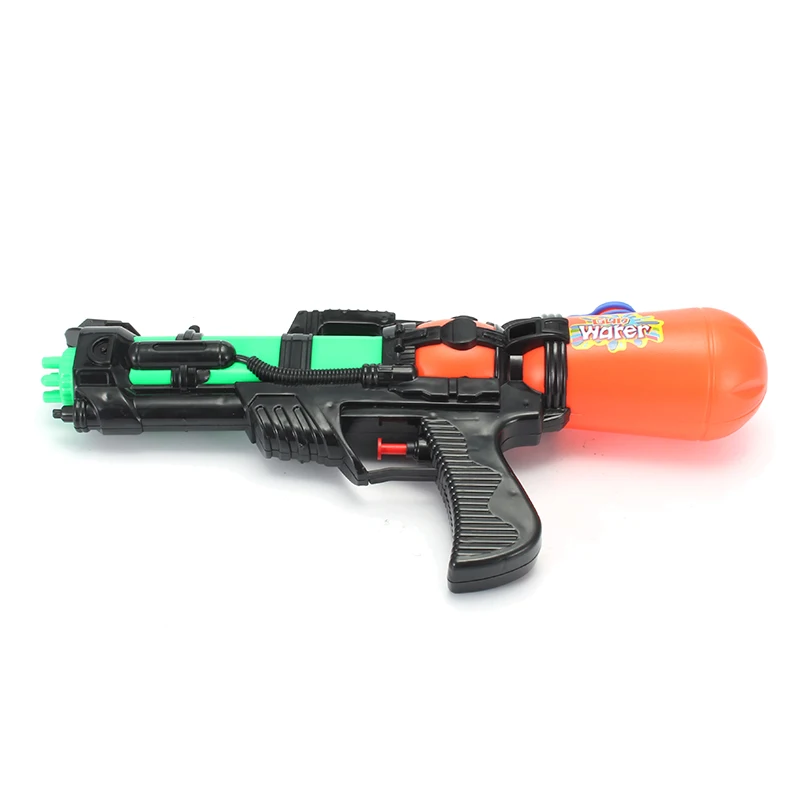 The answer to this question will depend largely on what size impact wrench you are using. The larger the impact wrench, the more air that you need. There isn’t any sort of guide that you can apply for all the air tools. So instead, I will go through the most common impact wrench sizes. and tell you roughly which air pressure is needed to operate each size.
The answer to this question will depend largely on what size impact wrench you are using. The larger the impact wrench, the more air that you need. There isn’t any sort of guide that you can apply for all the air tools. So instead, I will go through the most common impact wrench sizes. and tell you roughly which air pressure is needed to operate each size.
For a 1/4-inch impact wrench, you don’t need a lot of air pressure. An air compressor that delivers around 1 to 1.5 CFM (which stands for cubic feet per minute, the standard measure for air pressure) will be more than sufficient for an impact wrench of this size. You could go for more air pressure of course, but it isn’t necessary.
For a 3/8-inch impact wrench, you need a bit more power. More specifically, you need roughly double the power. So, be on the lookout for an air compressor with a power rating of around 3 to 3.5 CFM. Could you go lower? Maybe. For example, I could see an air compressor of around 2.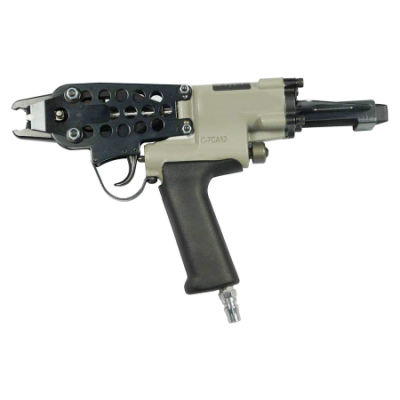 5 CFM working out, but it would be cutting it close. If you are buying an air compressor specifically for your 3/8-inch impact wrench, I would definitely recommend shelling out the extra money to go for the 3 or 3.5 CFM air compressor.
5 CFM working out, but it would be cutting it close. If you are buying an air compressor specifically for your 3/8-inch impact wrench, I would definitely recommend shelling out the extra money to go for the 3 or 3.5 CFM air compressor.
If you are familiar with impact wrenches, then you know that 1/2-inch impact wrenches are probably the most common type of wrench. In terms of size, they are also directly in the middle of the size chart. So, it is important to find the right air compressor for this size wrench. Thankfully, you have a lot of options when it comes to air pressure. Anywhere from a 3.5 to a 5 CFM air compressor will be good for a 1/2-inch impact wrench. If I had to recommend a specific air pressure, I would say to play it safe and go for at least a 4 CFM air compressor.
On that note, I should also say that a 5 CFM air compressor would be my personal recommendation. It has a good balance of everything that you want in an air compressor.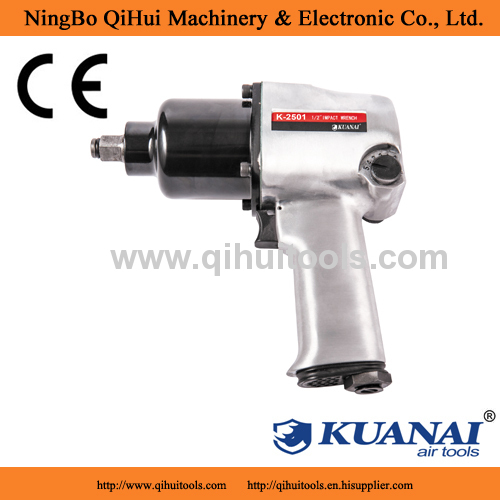
Finally, I want to address the 1-inch impact wrenches. These are very uncommon and are typically only found on construction sites. Because of the size of these tools, you are going to need a very powerful air compressor to run them. I would say to look for an air compressor in the 9 to 10 CFM range. Obviously, that will be pricey, but if you are using a 1-inch impact wrench, then you are probably working in a setting where that kind of air compressor is needed often, so it is a good investment.
Tip If you are working with frozen and rusted fasteners that require high torque, consider a 2 stage air compressor. A regular single-stage compressor can get you up to 125psi pressure whereas a two-stage system can deliver up to 175psi which can remove even the most stubborn nuts.
While air pressure is important, it isn’t the only way to evaluate an air compressor. You also have to consider the tank size of the air compressor as well.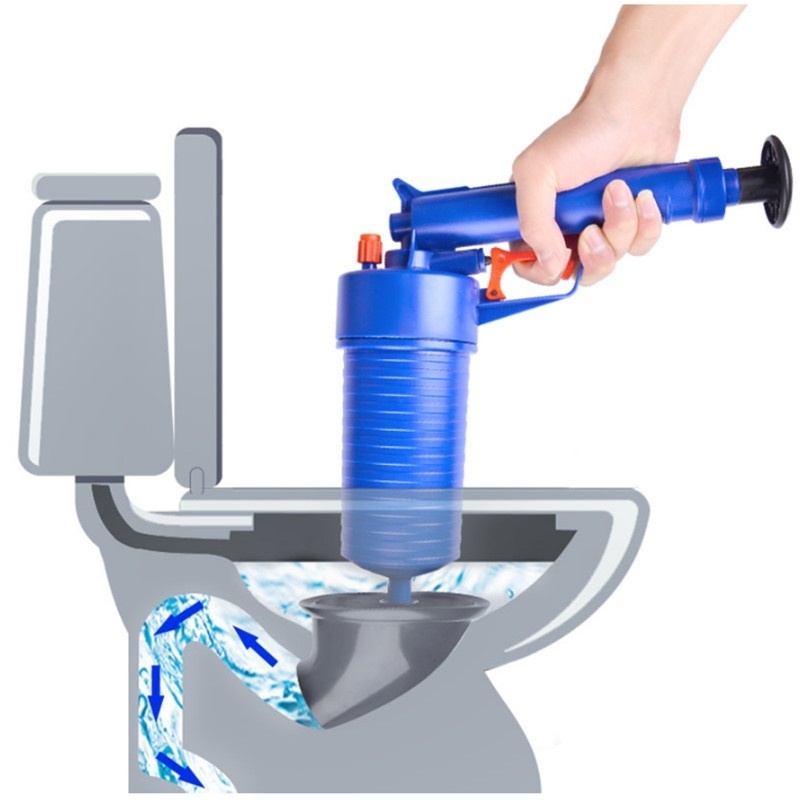
Impact wrenches are intermittent tools. That means unlike sandblasters or die grinders, you won’t be using an impact gun continuously for a long period of time. This means you can operate an impact wrench with a good portable electric compressor although a small pancake type would only work for nail guns.
Air compressors come in various sizes that are measured in gallons. The larger an air compressor is, the more air it can hold, which translates to more time spent working, and less time spent filling up your air tank. In short, when it comes to air compressor tank size, the larger, the better.
27 gallons DeWalt Compressor: Click to See details.
In my opinion, the minimum air compressor for impact wrench is 6-gallon one with 4 CFM. Any lower than that, you will really struggle to use the tool. Remember that this is the minimum size. I strongly recommend you buy one with a tank capacity of 20-gallon or more.
In general, you are going to want to balance cost against capacity.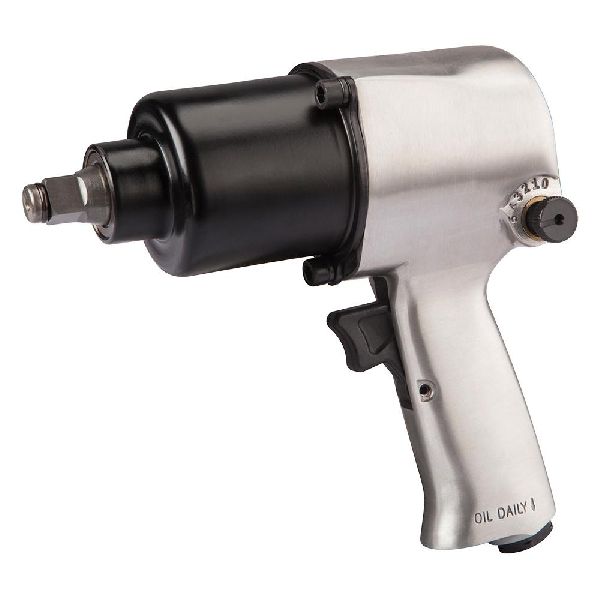 Air compressor with larger tanks may let you work for longer without any interruptions, but they are also going to cost a lot more.
Air compressor with larger tanks may let you work for longer without any interruptions, but they are also going to cost a lot more.
I generally don’t use my impact wrench for long periods of time, so I’m perfectly content with a middle-of-the-road 10-gallon tank. That gives me enough air to do what I need to, without costing too much or taking too long to refill. However, I could easily see someone who works in a commercial setting needing a larger tank. If you do something like professional construction work, I would definitely recommend investing in a larger 20-gallon tank, maybe even a 30-gallon tank.
The short answer is No.
One of the more common types of home air compressor out there is the 3-gallon air compressor. These are very inexpensive and are often marketed as “beginner” or “starter” air compressors. So, a lot of people have them, and you may be curious if it can run an impact wrench. The answer is likely not.
Most 3-gallon air compressors are extremely weak when it comes to air pressure. Air pressure varies greatly, but in my experience, a 3-gallon air compressor will have an air pressure of around 0.5 CFM. As I said earlier, even the smallest impact wrench takes around 1 to 1.5 CFM to run reliably, so it likely wouldn’t be a good investment on your part. But more importantly, a 3-gallon air compressor will not provide a sufficient amount of air for the impact wrench to work reliably. You will be tired of constantly waiting for the compressor to refill the air.
The answer is yes, but I wouldn’t recommend it. In my experience, the smallest size air compressor that you need to run an impact wrench is 6 gallon. With a 6 gallon compressor, you should be able to work for a couple of minutes before you run out of stored air.
For instance, if you are removing the lug nut using an impact wrench with 6-gallon compressor, you should be able to pull out one wheel and then wait for 2 to 3 minutes.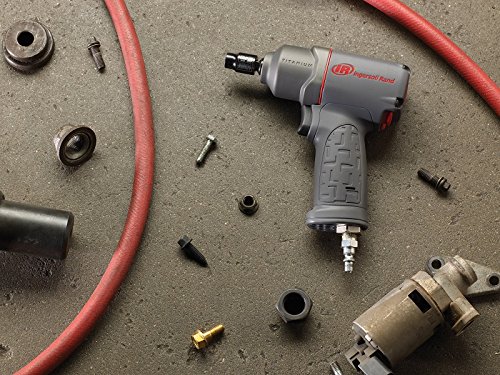 For the home users who occasionally use the air impact wrench, this may not be a big deal. If that is you then go for it.
For the home users who occasionally use the air impact wrench, this may not be a big deal. If that is you then go for it.
| Tool Size | Air Consumption | Pressure |
| 1/4-inch Impact Wrench | 2 CFM | 90 PSI |
| 3/8-inch Impact Wrench | 3 CFM | 90 PSI |
| 1/2-Inch Impact Wrench | 5 CFM | 90-100 PSI |
| 3/4-inch Impact Wrench | 7 CFM | 90-100 |
| 1-inch Impact Wrench | 10 -16 CFM | 90-125 |
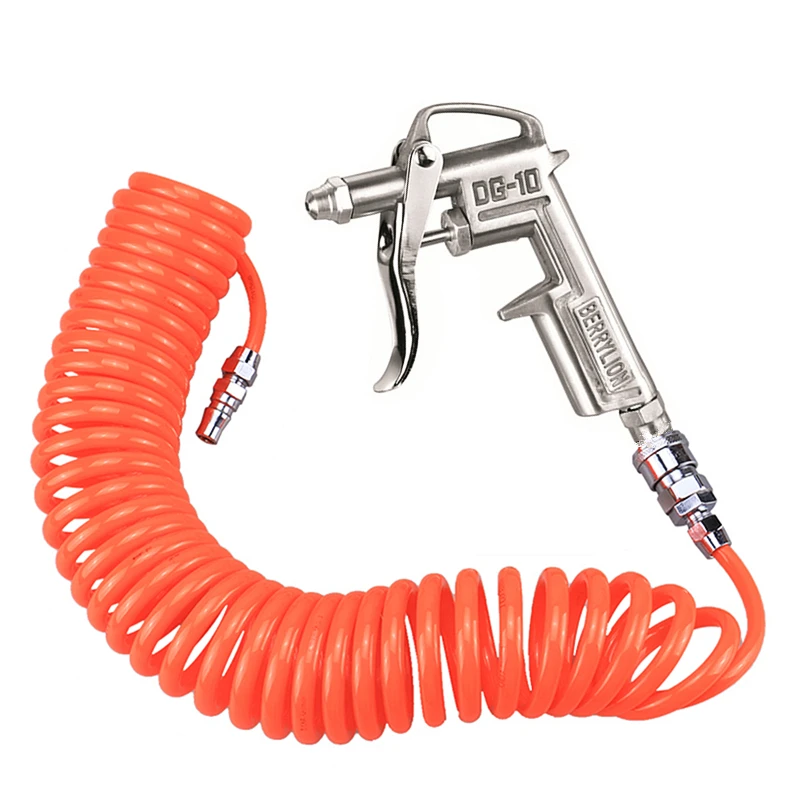
Contents
Home » Air Tools
08/17/2018
What should you pay attention to when choosing a pneumatic tool for a compressor, or vice versa, if you need to purchase a compressor to operate an existing pneumatic tool? Definitely, the pneumatic tool and the compressor must match each other in terms of technical parameters.
Tool selection parameters
If for a power tool the main characteristic is power, then when choosing a pneumatic tool, you should pay attention to parameters such as air flow and working pressure.
Air consumption
Characteristic showing the volume of compressed air consumed per conventional unit of time. For pneumatic tools of rotational action, spray guns, the flow rate of liters per minute is indicated.
For nailers operating on the percussion principle, the consumption of liters per shot is indicated.
The higher the air flow rate, the more productive the tool. But to maintain the operation of such a powerful pneumatic tool, a more efficient compressor is needed.
Operating pressure
A characteristic showing the need for compressed air power for the operation of a pneumatic tool. With insufficient pressure, the nailer either does not finish the fasteners, or will not work at all. And with excessive pressure, rubber seals and moving parts of the pneumatic tool can be damaged.
In the table below, you can see the approximate parameters, depending on the type of pneumatic tools.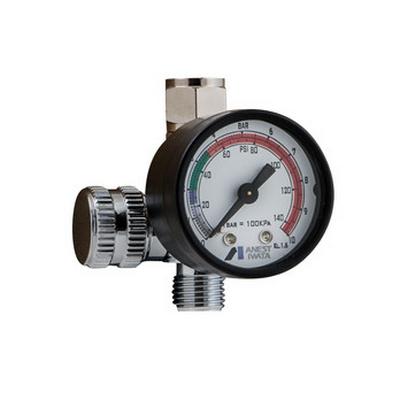
| Air tool type | The need for compressed air, l / min. | Working pressure, atm |
| Pneumatic wrench | 85 - 400 | 5 - 7 |
| impact wrench | 400 - 1000 | 6 - 8.5 |
| pneumatic drill | 110 - 280 | 5.5 - 6.5 |
| Pneumochisel (perforator) | 100 - 340 | 6 - 9 |
| Pneumatic screwdriver | 110 - 200 | 6 - 8 |
| Pneumatic grinder | 80 - 550 | 6 - 6.5 |
| Pneumospray gun | 50 - 360 | 16 |
| air gun | 50 - 300 | 1 - 8.5 |
You can find the exact data in the instructions for the pneumatic tool.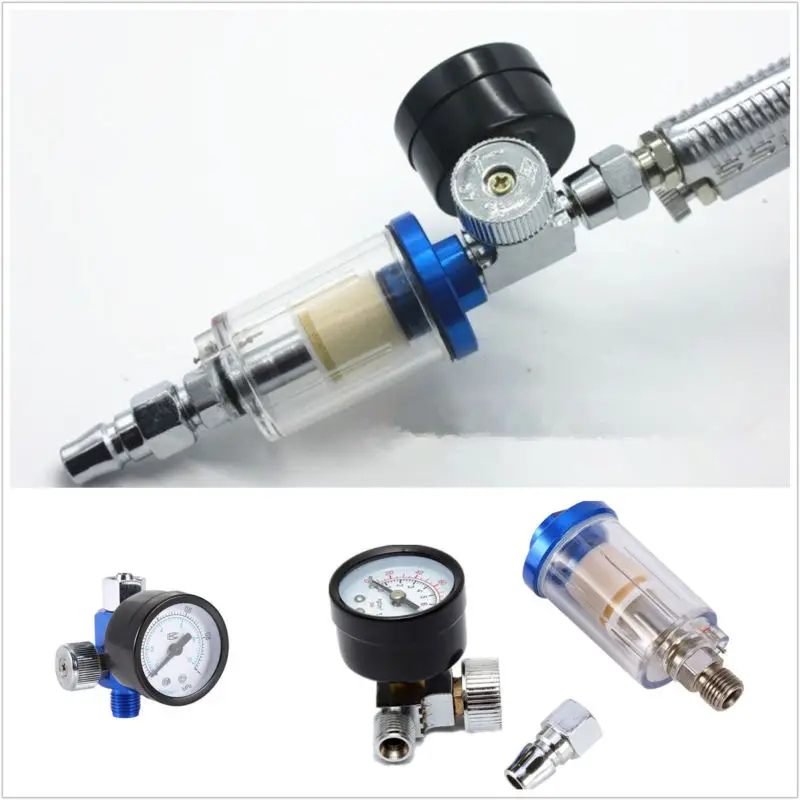
Compressor parameters
9001 2
Capacity
A characteristic showing how much air the equipment is capable of delivering. Keep in mind that the actual compressor capacity will be 20-30% less. For example, if a performance of 100 liters / min is indicated, then the real indicator will be - 70-80 liters / min.
Operating pressure
A certain pressure range is constantly maintained in the compressor receiver. The motor turns on and air is pumped, if the pressure drops and when the upper mark is reached, the motor turns off.
Receiver capacity
Shows the compressed air supply in liters. The volume of the receiver depends on the performance of the compressor and the nature of the air consumption. It will take about 2 minutes to pump up a receiver of 50 liters with a motor performance of 150 l / min to a pressure of 6 atmospheres.
Consider, for example, the Prebena Vigon 300 compressor.
Taking into account the correction for productivity, about 240 liters per minute come out. From zero to full readiness, the compressor is pumped up in about 1 minute 20 seconds. If you connect a pneumatic screwdriver with a working pressure of 6 atmospheres and an air flow of 200 liters per minute, then we can say that this tool can work with this compressor. The working pressure is the same, and the performance of the compressor is higher than the need for a screwdriver.
And when you try to connect an impact wrench with a flow rate of 500 liters per minute, it turns out that the performance of our compressor will be 2 times lower than the need for the tool. This means that the compressor will be able to provide the working pressure of the tool, but only for short periods of time, between compressor starts. For continuous operation of the tool, a more efficient compressor is required.
For continuous operation of the tool, a more efficient compressor is required.
What else should be considered?
As a rule, every 10-15 meters of the pneumatic line there is a pressure drop of 1 atm.
If you plan to connect 2 or more tools to the compressor and start them at the same time, then when calculating the compressor performance, you should take into account the air consumption of all tools.
Before choosing an industrial compressor for a wrench, you need to decide on the pneumatic wrench itself. The most important technical characteristic of a pneumatic wrench is torque. The magnitude of the torque directly affects the nature of those operations that can be performed using a given wrench, as well as the time they are performed. Obviously, the higher the torque, the more you can tighten the threaded connection (or, conversely, unscrew the "stuck" nut). But on the other hand, the use of an overly powerful wrench can lead to damage to the threaded connection (thread stripping). Therefore, it is very important that the torque correspond to the specifics of the tasks being solved.
Obviously, the higher the torque, the more you can tighten the threaded connection (or, conversely, unscrew the "stuck" nut). But on the other hand, the use of an overly powerful wrench can lead to damage to the threaded connection (thread stripping). Therefore, it is very important that the torque correspond to the specifics of the tasks being solved.
If we give a numerical assessment of the torque parameters, then for pneumatic wrenches it lies in the range from several tens to several thousand Nm. A torque wrench designed for household and semi-professional tasks must have a torque value of 200 Nm to 600 Nm. For more serious work, nutrunners with a torque of 1000 Nm and above are needed.
The second important technical characteristic of the wrench also depends on the amount of torque - the landing size of the square (spindle). Everything is simple here: the higher the torque, the larger the square. The standard range of square shank sizes is measured in inches. The most common spindle sizes are ½, ¾ and 1 inch.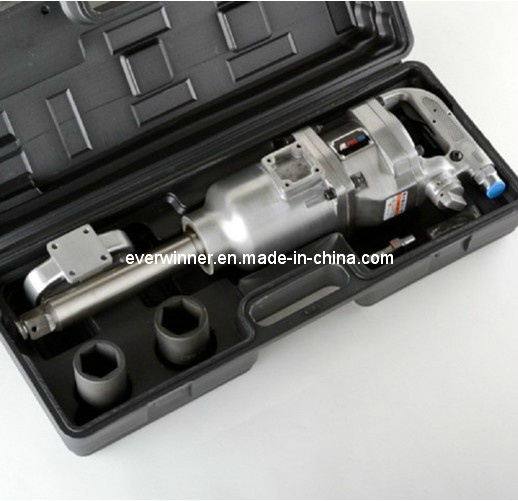 As a rule, for solving household and semi-professional tasks, nutrunners with a square of ½ inch are used, and in industry with squares of ¾ and 1 inch.
As a rule, for solving household and semi-professional tasks, nutrunners with a square of ½ inch are used, and in industry with squares of ¾ and 1 inch.
You can consider the choice of spindle square size on the other hand. According to wrench manufacturers, the size of the square is related to the size of the nut (bolt head) that needs to be unscrewed / screwed:
- if the size of the “turnkey” nut is from 10 to 21 mm, then a wrench with a ½ inch square will do;
- if the size of the "turnkey" nut is from 24 to 36 mm, then a wrench with a ¾ inch square will do;
- if the size of the “turnkey” nut is from 41 mm, then a wrench with a square of 1 inch will do.
The third important technical characteristic of an impact wrench is the air flow. It also largely depends on the torque: the higher the torque, the greater the air consumption. ½ inch square nutrunners have an air flow rate of 150-250 l/min; for more powerful nutrunners from 300 l/min and above.
As an example, here is a summary table of the main technical characteristics of impact wrenches from one of the world's well-known manufacturers of these products.
| Product name | Torque, Nm | Air consumption, l/min |
| Impact wrench ½" | 270 - 810 | 170 - 230 |
| Impact wrench ¾" | 680 - 1600 | 270 - 340 |
| Impact wrench 1" | 1630 - 4070 | 800 - 1130 |
General approaches to compressor selection
After choosing a wrench, proceed to the choice of an air compressor. The compressor to which the impact wrench will be connected must meet two requirements:
- provide the required working pressure of compressed air;
- provide the required compressed air consumption.
The standard operating pressure required for most nutrunners on the market is 6.2-6.5 bar. Therefore, the compressor that is planned to be used for operation must have a maximum operating pressure of 10 bar (or, in other words, operate in the pressure range of 8-10 bar).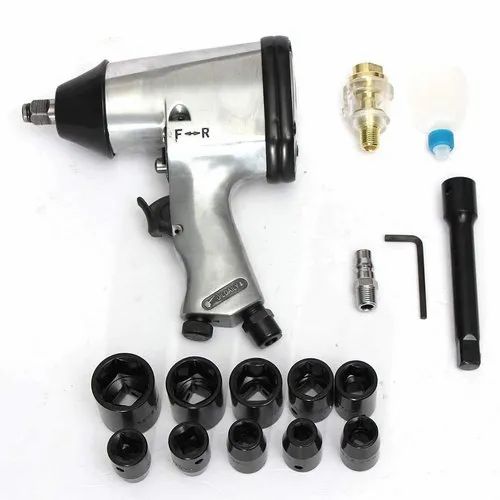
How to choose a compressor for service stations in terms of performance? In the passport of the wrench, its air consumption is indicated. However, in practical work, the wrench is not used constantly, but with certain interruptions. Therefore, each pneumatic tool (including a wrench) has its own so-called utilization factor. In our case, it is 0.2-0.25. Therefore, if the passport of the wrench indicates that its air consumption is 300 l / min, then for real calculations it is necessary to take into account the value of 60-75 l / min.
If you plan to use several nutrunners, you must also consider the possibility of their simultaneous operation. It is determined by the coefficient of synchronism of the equipment, the values of which are given in the table.
| Number of compressed air consumers | one | 2 | 3 | four | 5 |
| Equipment Synchronization Factor | 1. 0 0 | 0.95 | 0.91 | 0.87 | 0.84 |
Thus, the previously calculated value of the total compressed air consumption must be multiplied by the corresponding synchronism factor. And already on the basis of the obtained value, choose a production air compressor.
The further procedure for choosing a compressor is exactly the same as when choosing it for connecting any other equipment. There are two types of compressors: piston and screw. If the air flow rate is up to 1000-1200 l / min, then a piston compressor can be used; if higher, it is better to use a screw compressor.
On the other hand, the choice of compressor type also depends on the nature of the work: if it is one- or two-shift, then a piston compressor is quite suitable; if the operating mode is round-the-clock, then a screw compressor is needed.
Nutrunner
The first question that comes up most often is what quality of compressed air is needed to operate an air impact wrench? If in production it is possible to use dry compressed air to power the wrench, great. If this is not possible, then you can do without a refrigeration dryer. In this case, it is enough to install a filter-moisture-oil separator with a built-in pressure regulator and a lubricator in the pneumatic line. The oil/moisture separator will remove moisture, the regulator will provide the required compressed air pressure, and the lubricator will lubricate the wrench.
If this is not possible, then you can do without a refrigeration dryer. In this case, it is enough to install a filter-moisture-oil separator with a built-in pressure regulator and a lubricator in the pneumatic line. The oil/moisture separator will remove moisture, the regulator will provide the required compressed air pressure, and the lubricator will lubricate the wrench.
By the way, if it is possible to provide the wrench with dry compressed air in production, then it is still necessary to install an air preparation unit in front of it. In this case, it includes a pressure regulator and a lubricator.
The next question concerns the installation of an air handling unit in the pneumatic line. Whatever the geometry of the pneumatic line, there are two main ways to install air handling units in it: above the main pipe and below the main pipe.
What is the advantage of installing the unit above the pipe? In this case, the vertical outlet upwards, to which the air preparation unit is then attached, naturally prevents condensate from entering the unit.